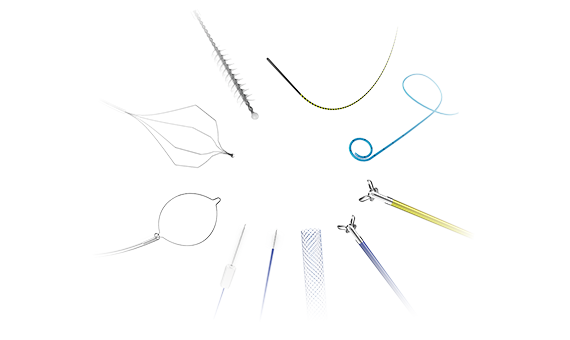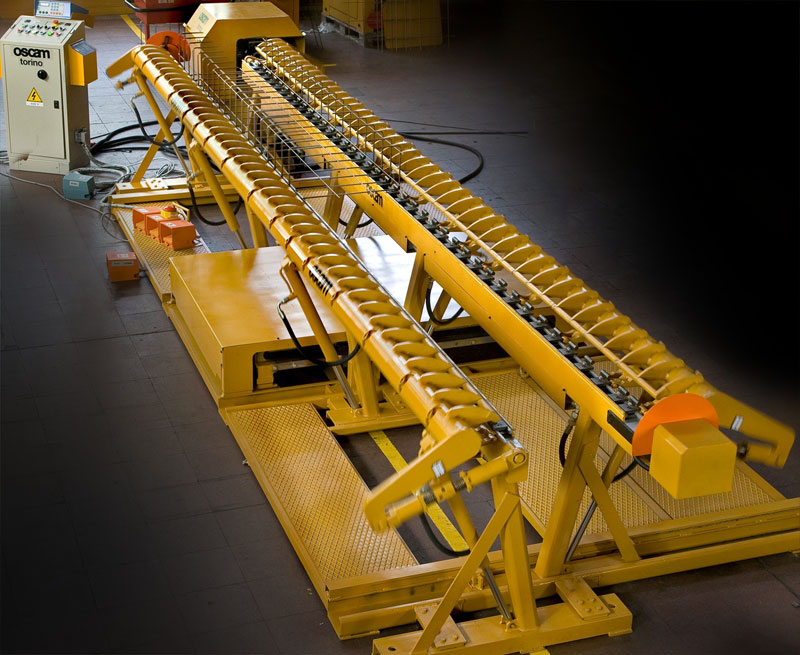
Endoscopic Accessories
Endoscopic accessories are medical instruments that help doctors to look inside the body organs. These devices are small, rigid and fixed with a light or tube at the end.
They are used to examine the colon, esophagus, stomach and trachea. They are also useful in sclerotherapy and performing biopsies.
1. CinchPad Endoscope Transport Pad
The CinchPad Endoscope Transport Pad is a unique endoscopic accessory that provides the user with the ability to secure an endoscope on an endoscope carrier. This pad has raised, textured surfaces that facilitate effective manipulation of the endoscope and maintain a layer of lubricant.
The pad can be made from a variety of materials, including thermoplastic elastomer (“TPE”), plastic, foam, silicone or sponge-like material. It may be soft or hard, depending on the user’s needs.
It can be made in a variety of sizes, including the size required for an endoscope. It can also be made from a material with memory capabilities, which will allow the pad to “spring open” when it is released from the endoscope.
Another variation of this invention includes an insertion portion for establishing a working channel within an endoscope. The insertion portion may be non-circular (elliptical) in cross-section and include a major axis and a minor axis.
The bending portion may be part of the elongate portion of the endoscope and is preferably configured for advancement through the working channel of the endoscope. The bending portion may rotate about the major or minor axis of the elongate portion. It is preferably configured for the bending portion to have a proximal end and a distal end, and the length of the bending portion between the proximal end and the distal end of the bending portion may be of variable stiffness.
2. NaviPro Hydrophilic Guidewire
The NaviPro Hydrophilic Guidewire is designed for cannulation and smooth passage through tortuous anatomy. It is available in a variety of sizes and is compatible with many different endoscopic accessories.
A guide wire is a small, flexible metal wire used to deliver catheters, stents and other medical devices during endovascular procedures. They are often PTFE coated or have hydrophilic coatings that reduce friction during deployment, making them easier to navigate through tortuous vessels.
Some of these wires have radiopaque markers to make them visible on fluoroscopic X-ray imaging. They are usually kink resistant and made of stainless steel or a special alloy.
These wires are also sometimes coated Endoscopic Accessories with a hydrophilic polymer to provide better lubricity and increase their flexibility, which can help them spring back into shape after navigating a difficult vessel segment.
The Hydra Jagwire High Performance Guidewire has a 10cm hydrophilic Dream Tip(tm) End, which is designed for soft, smooth access. Its Endo-Glide(tm) Coating promotes smooth tracking and enhances tactile sensation.
3. Compliance EndoKit
When performing endoscopic procedures, surgeons often use endoscopic accessories to perform various tasks. Typically, these accessories contain an elongated flexible shaft and a tool that is operatively connected to the shaft’s distal end. The shaft must be long enough to extend through the biopsy channel of an endoscope, and it must be resiliency enough that a physician can control the tool’s rotational and axial positions from the proximal end while the accessory is extended into a patient’s body.
The problem with some endoscopic accessories is that they are difficult to control, especially when the instrument is removed from the endoscope. In some instances, the accessory’s shaft can flop around, which can result in unacceptable contamination of the endoscope.
To solve this problem, a new product was invented. This accessory is known as the Compliance EndoKit. It contains a number of commonly used accessories for use in endoscopic procedures and/or post-procedural endoscope reprocessing cycles.
The Compliance EndoKit is designed to provide leak-proof containment to reduce biohazard risks and comply with society guidelines for endoscope transport. It also features a peelable label that helps to track and document endoscope reprocessing timelines. The kit includes the CinchPad Endoscope Transport Pad, the NaviPro Hydrophilic Guidewire and a 850ml EcoBowl.
4. Hurricane RX Biliary Balloon Dilatation Catheter
The Hurricane RX Biliary Balloon Dilatation Catheter is a double lumen balloon catheter for endoscopic expansion of the strictures of the bile tree and Oddi sphincter. It is available in a variety of sizes to accommodate patient anatomy and stenosis size.
The squared shoulder of this balloon makes it easier to remove biliary stones. This device is also equipped with radiopaque markers, which make it convenient for locating under fluoroscopy.
This biliary balloon catheter is used in combination with the duodenal endoscope to enter the bile tract for stone removal. It is made of high-quality latex, which increases the durability and reduces the possibility of balloon burst.
One of the most significant benefits of this product is its ability to adapt to the duct size, which helps it provide effective occlusion and reduces the number of balloon changes mid-procedure. This allows you to perform more ERCP procedures in less time, which ultimately saves you money.
This biliary balloon catheter is also equipped with two radiopaque markers, which are handy for orienting under X-ray. The catheter is also designed to be easy to insert and radiograph, making it the best biliary balloon catheter for your patients.
5. Speedband Superview Super 7 Multiple Band Ligator
The Speedband Superview Super 7 Multiple Band Ligator is a well-designed endoscope accessory with the potential to save time and effort during procedures. It features six latex rubber bands that deliver a big bang for your buck. The ligator also sports a mini-hexagonal braided snare that cuts cleanly and boasts an excellent shape retention even after repeated use.
The best part of the device is that it can be easily configured with other endoscopic accessories, thereby allowing for seamless integration into the ambulatory healthcare workflow. The device is one of the most popular gizmos among discerning healthcare professionals, a testament to its high quality and effectiveness. It is a well-designed device that can be used to perform the aforementioned mucosal resections, as well as other nonsurgical procedures in the abdominal cavity. For example, it can be used for esophageal varices and anorectal hemorrhoids. The ligator is also easy to assemble and disassemble.
6. Captivator EMR Device
The Captivator EMR Device is a guide system that permits controlled passage of medical accessory devices through a standard endoscope. The Endoscopic Accessories guide system is releasable onto the endoscope, and can be applied or removed by the physician, at their discretion.
In one aspect, the Captivator EMR Device includes a thin wall tube or sheath 27 that is supported by rail 30 prior to the insertion of an endoscope 100 into a patient’s body (e.g., by sliding the thin wall tube or sheath 27 and rail 30 over the endoscope 100 prior to insertion into the patient). Once the endoscope 100 is inserted into the body, mating member 40 can be introduced into a funnel feature 37 and a medical accessory 50 may be advanced along rail 30 into a field of view 110 to perform a procedure.
This enables the use of a variety of accessories and allows for easier access to areas of the body that are difficult to reach with standard endoscopes, such as in the abdomen. It also allows for the passage of a medical instrument of a larger size than would be available through an integral channel in an endoscope, or that is too flexible to push through an endoscope’s integral channel without the use of an accessory system.
7. Trapezoid RX Wireguided Retrieval Basket
The Trapezoid RX Wireguided Retrieval Basket can be used in conjunction with other endoscopic accessories. It consists of a cable radius anchor 10 that allows quick installation relative to a wire mesh basket tray 40 in multiple configurations without the aid of tools. The basket can be made of stainless steel or other materials suitable for surgical applications and can include front and back wires 40 on each half of the basket tray.
The basket can also have a working channel 34 that extends from the probe 16 to the distal end 18. This allows the user to insert various surgical materials and instruments such as graspers 38 for manipulation for both diagnostic and therapeutic purposes.
In addition, the working channel 34 enables the basket to be used with a wire guided retrieval tube 53 that can be made of either seamless or welded stainless steel. This tube can have a specific outside diameter such as 0.109 inches and inside diameter such as 0.075 inches.
The Trapezoid RX wireguided retrieval basket can be attached to a telescopic endoscope 10 using a telescoping mechanism 15 or can be mounted on a tubular endoscope 12 through an attachment 16 that is mounted to the outer surface of the endoscope 12. In addition, the Trapezoid RX basket can be positioned between the thorax and the abdomen so that it is easily accessible for use in conjunction with the lateral axis of the endoscope.



